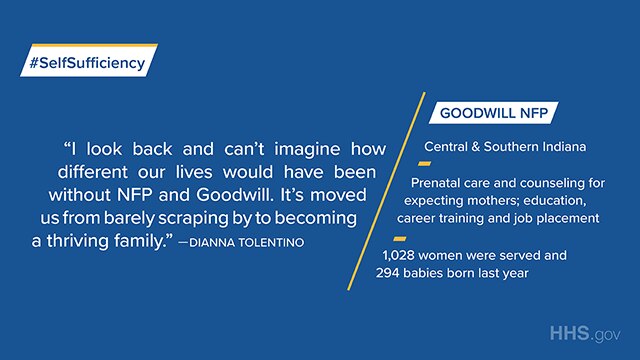The Foundation for Financial Planning
is calling for a national response to the potential financial ruin of families
fighting the disease through the Pro Bono for Cancer Campaign
Sep 21, 2018 @ 10:12 am
By Jon Dauphiné
I'll never forget
the shock when my brother-in-law, Billy — an avid athlete and outdoorsman —
visited a doctor for his heartburn, only to learn he had stage 4 esophageal
cancer. He fought the disease hard, but it claimed him eight months later,
leaving behind my sister and teenage nieces.
An attorney, Billy
had always handled the family finances, and my sister scrambled to understand
what she needed to do while managing the flood of incoming medical bills. She
was lucky enough to have the resources to access a good financial planner,
ensuring a measure of economic stability to weather the emotional and financial
storm. But many Americans lack access to a planner, and for them a cancer
diagnosis can trigger a financial catastrophe that has negative consequences on
their emotional and physical health.
Researchers have
found that financial issues are the second most frequent source of distress
identified by cancer patients. They've even coined a name for this:
"Cancer-Related Financial Toxicity" (CRFT), manifested by a mix of
severe economic stress, depression and anxiety that can worsen the underlying
health condition. Even with private health insurance or coverage through
Medicare or Medicaid, families are at substantial risk of a financial disaster.
They experience not only a major increase in daily expenses but often a
significant loss of income due to the patient's and caregiver's inability to
maintain full-time work. The impact on patients can be grim:
• 38% postpone or
do not fill drug prescriptions to reduce costs
• 37% cut back on
groceries
• 36% deplete their
savings
• 24% borrow
against their retirement funds
One study found
cancer patients are nearly three times more likely to go bankrupt than people
of a similar age without cancer. Another found that cancer patients in
bankruptcy were 80% more likely to die from any cause than other people with
cancer.
Objective, expert
financial advice and planning can benefit these patients. Scott Ramsey, a
health economist, researcher and physician at the Fred Hutchinson Cancer Center
in Seattle, recommended in a Washington Post interview that all patients
diagnosed with cancer be assessed for financial risk — and for those deemed
at-risk, that health-care providers "be very aggressive with getting them
to financial planning [and] to patient assistance programs to reduce their
likelihood of having financial devastation."
The Foundation for
Financial Planning is helping to drive a national response to the problem
through the Pro Bono for Cancer Campaign,
our signature initiative to develop and support efforts around the country to
connect cancer patients and their families to free, quality financial advice.
We've raised significant seed funding, allocated more than $445,000 in grants
and partnered with other nonprofits such as Family Reach, which specializes in
helping people with cancer across the nation, and the Financial Planning
Association, which is working to recruit CFP professionals to volunteer for the
effort. We've funded an infrastructure — spearheaded by Family Reach — that
includes a special online CFP training (offering CE credit) and a digital platform
for connecting planners to patients.
Since the effort
launched earlier this year, dozens of CFP volunteers have been matched to
families in need. As the program grows, we hope to reach many hundreds of low-
to middle-income families to assist them with pro bono financial planning, with
most of the engagements conducted virtually so we can better match the supply
of patients to available volunteers. Outcomes will be measured and reported by
some of the leading researchers on CRFT, enabling us to refine the program over
time.
To meet our
ambitious goals, we need help from the financial planning community. Your time
and support can assist people like Mike and Leslie Longo, whose comfortable
middle-class life with their three kids was upended when Mike received a diagnosis
of a rare form of non-Hodgkin lymphoma at just 32 years old. Mike has faced
grueling treatment and relapses, and his family has struggled to pay basic
expenses, including their mortgage and utility bills. As part of our Pro Bono
for Cancer effort, the Longos have been connected to a volunteer financial
planner who is helping them manage their financial challenges, serving as a
trusted adviser as they chart their future path.
Thousands of
families like the Longos are currently struggling to navigate the financial
toxicity of cancer on their own, providing the financial planning profession
with an extraordinary opportunity to help. Will you join us? Find out how you
can pitch in by visiting ProBono4Cancer.org.
Jon Dauphiné is
chief executive of the Foundation for Financial Planning.
https://www.investmentnews.com/article/20180921/BLOG09/180929978/how-advisers-can-help-cancer-patients-tackle-financial-distress




